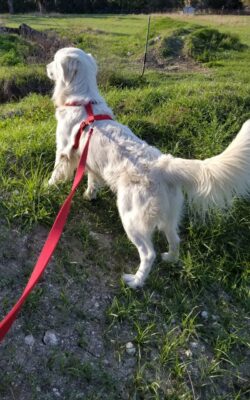Introduction
Bringing a new puppy into your home is a joyful experience but comes with challenges. One of the most critical and exhausting aspects of puppy training is potty training. Teaching your puppy where and when to go to the bathroom is essential for maintaining a clean home and fostering a positive relationship with your new furry friend. This comprehensive guide will give you five practical tips for successful puppy potty training.
Understanding Puppy Potty Training
Potty training your puppy requires patience, consistency, and positive reinforcement. Puppies are like little children; they need guidance to understand where it’s appropriate to relieve themselves. The goal is to make this learning process as smooth and stress-free as possible for you and your puppy.

